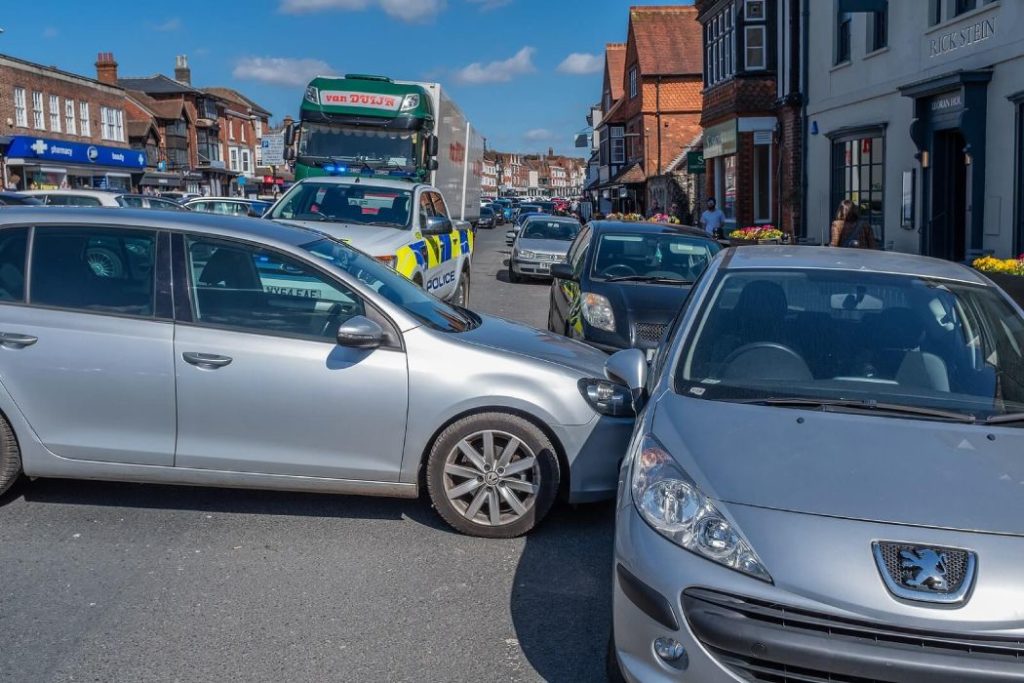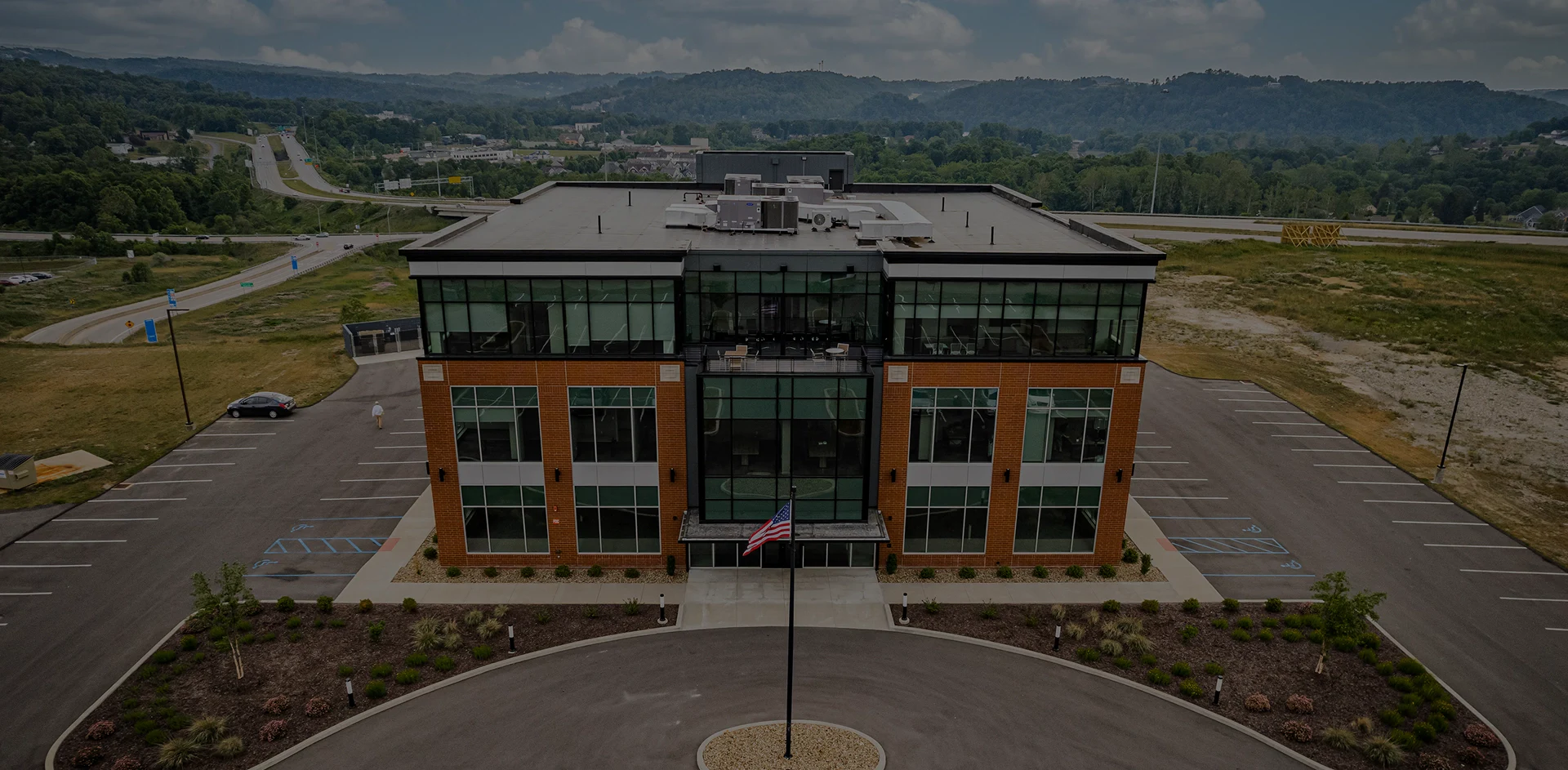How Can I Get Compensation After a T-bone Accident?

A T-bone accident happens when another vehicle hits your vehicle in the side. T-bone accidents could cause extensive injuries or even death, depending on the size of the vehicles and the speed they are traveling. T-bone accident settlements and lawsuits are often difficult because of the victim’s severe damages. If the defendant is a commercial driver, the complexity increases, as more than one individual or entity might share liability for your damages.
Common Places for T-bone Accidents
In most cases, T-bone accidents happen at intersections when one driver runs a stop sign or a red light. However, T-bone accidents could also occur when someone leaves a driveway or parking lot.
T-bone accidents could also happen where they are seemingly impossible. If a vehicle strikes another vehicle on the highway, causing the first vehicle to spin out, the spinning vehicle’s front could hit your vehicle in the side a T-bone accident.
Causes of T-bone Accidents
Someone’s negligence almost always causes T-bone accidents. These accidents usually happen when someone ignores a traffic control signal. However, a T-bone wreck could also happen when:
- Someone is driving under the influence.
- A driver loses control of their vehicle and spins out, hitting you in the side. Debris on the road, a tired driver, or snowy and icy roads could cause a driver to lose control of the vehicle.
- A driver hits a second driver who spins out and hits you. In this case, the driver who hit you might not share responsibility for your injuries but might also have a claim against the driver who caused him to spin out.
- A vehicle’s brake system, steering, or suspension malfunctions.
Injuries Caused by a T-bone Accident
In a T-bone accident, one vehicle hits the other in the side, usually crushing the doors. Passengers sitting near those doors often suffer severe and catastrophic injuries or even death. Newer vehicles have side airbags and steel beams on the sides to minimize injuries.
However, older vehicles do not have these protections. Additionally, the at-fault driver could hit your vehicle with the corner of their vehicle and miss the steel beams.
Accident injuries common in T-bone crashes include:
- Bumps, bruises, cuts, and scrapes.
- Face and eye injuries.
- Road rash if the crash throws the victim from the vehicle.
- Thermal and chemical burns.
- Pulled and torn muscles and other soft tissue injuries.
- Strains and sprains.
- Simple and compound fractures.
- Crushed bones and other crush injuries.
- Internal injuries.
- Traumatic brain injuries.
- Head, neck, and shoulder injuries.
- Back and spinal cord injuries, including paralysis.
- Amputation of a digit or limb.
Accident victims could also suffer from secondary injuries, such as an infection in an open wound. Even if the wound is from surgery to repair accident injuries, the at-fault driver is liable for the medical expenses and additional damages caused by the infection or other secondary injury.
Additionally, accident injuries could exacerbate existing injuries or illnesses. The at-fault driver is also liable for medical expenses, additional pain and suffering, and other damages the victim suffers for pre-existing injuries and illnesses.
Recovering Damages After a T-bone Accident
In many cases, the accident victim recovers damages from the person (or insurance company) that hit her. However, in some cases, others might share whole or partial responsibility for your damages.
Those might include:
- Another driver who caused the person that hit you to spin out.
- A commercial trucking company.
- A commercial dispatcher.
- An auto technician.
- A commercial truck inspector.
- A parts manufacturer.
- A vehicle or trailer manufacturer.
- A truck owner, if they lease the truck out.
As part of their investigation, your lawyer should determine if more than one person or entity shares liability for damages and other losses you suffer after a wreck.
Types of Damages an Accident Victim Could Recover
The amount and type of damages an accident victim could recover depend on the severity of the injuries.
Economic Damages
Most accident victims receive economic damages. These damages have a monetary value. The court orders at-fault drivers to pay economic damages to make the victim financially whole again.
Economic damages, sometimes called special damages, include:
- Medical expenses, including doctors’ visits, surgeries, home and nursing home care, physical therapy, cognitive therapy, occupational therapy, psychological therapy, prescriptions, over-the-counter prescribed medications, hand controls for your vehicle, wheelchair ramps, grab bars, widened doorways, and other upgrades to your home to make it accessible.
- Lost wages for the time from the date of the accident through the time you settle or win a trial award.
- Future loss of earning capacity if accident injuries cause long-term or permanent disabilities that prevent you from working.
- Replacement or repair of destroyed or damaged personal property.
- Death-related expenses, including funeral and burial expenses, cremation expenses, probate attorneys, and certain probate expenses.
Non-Economic Damages
Certain accident victims might recover non-economic damages. Usually, the court orders non-economic damages when accident injuries cause severe and catastrophic injuries or the death of a loved one. As with economic damages, the court orders a defendant to pay non-economic damages, sometimes referred to as general damages, to make the victim whole again.
Non-economic damages include:
- Pain and suffering, including emotional distress.
- Loss of quality of life if you have to make life changes, such as taking prescriptions or using ambulatory aids for the rest of your life.
- Loss of companionship if your injuries do not allow you to enjoy time, activities, and events with your family.
- Loss of consortium if your injuries prevent you from having a physical relationship with your spouse.
- Loss of use of a body part such as a leg or a hand.
- Loss of use of a bodily function such as your eyesight, hearing, or bladder.
- Excessive scarring or disfigurement.
- Amputation of a digit or limb.
Should you find yourself saddled with bills, pain, and suffering, call a car accident lawyer near you to recover the compensation you need to recover and put your life back in order.
Recent Posts
Medical Documentation Best Practices: Building a Strong Foundation for Your Injury Claim Rideshare Accidents: Navigating Complex Insurance Coverage When Using Uber or Lyft Intersection Accidents in Urban Areas: Special Considerations for Morgantown’s Downtown District Emerging Vehicle Technologies and Liability: From Advanced Driver Assistance to Self-Driving Features Weather-Related Commercial Truck Accidents: Liability and Special Circumstances